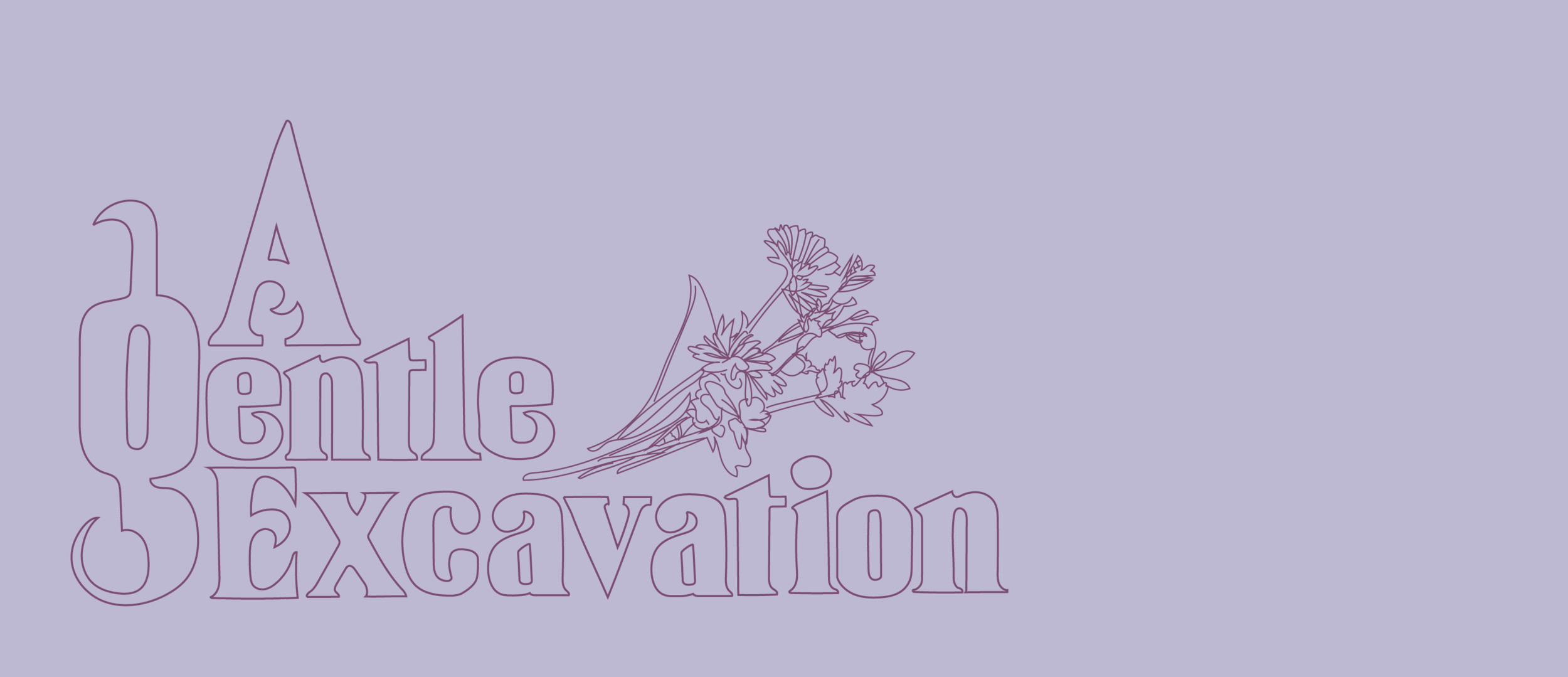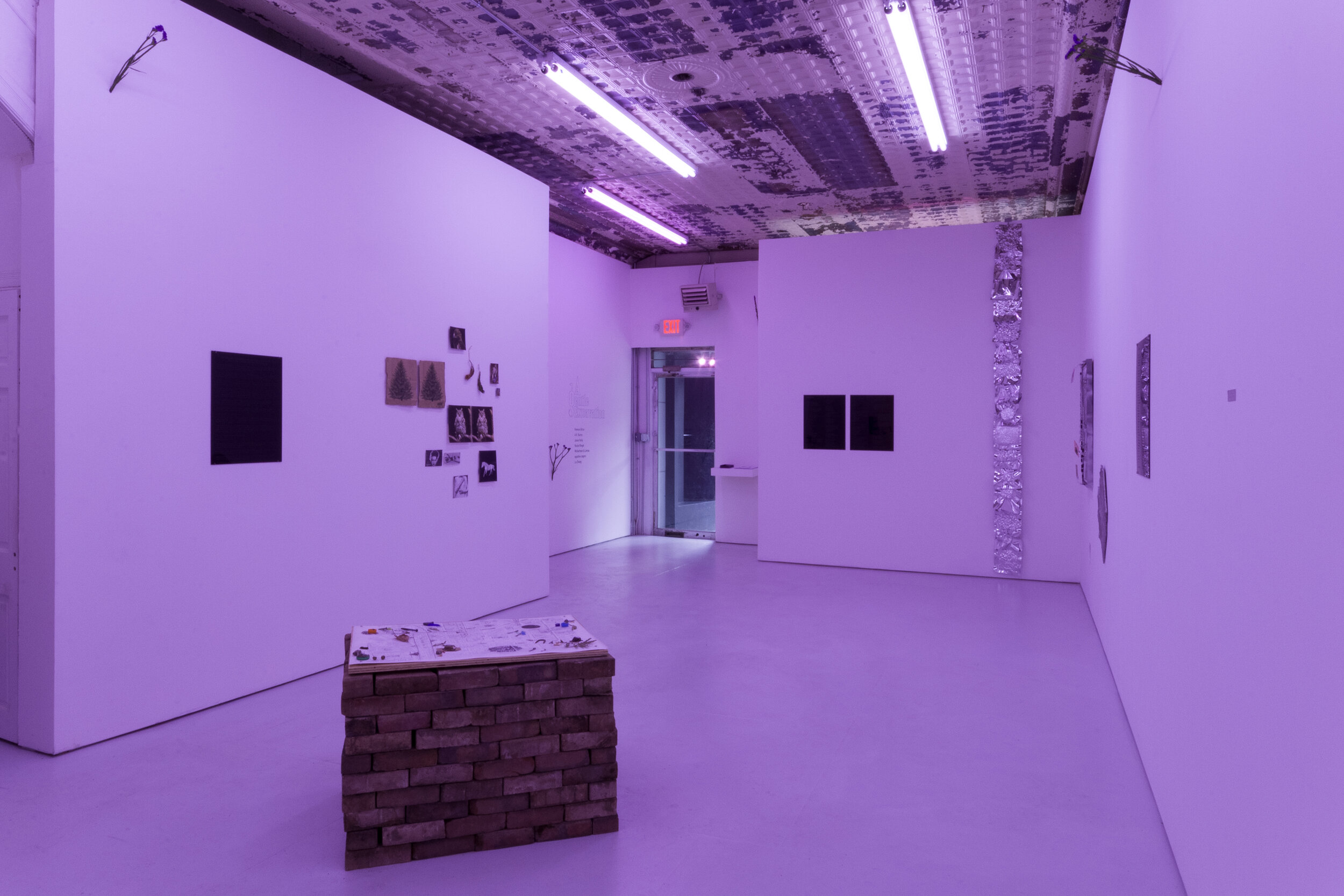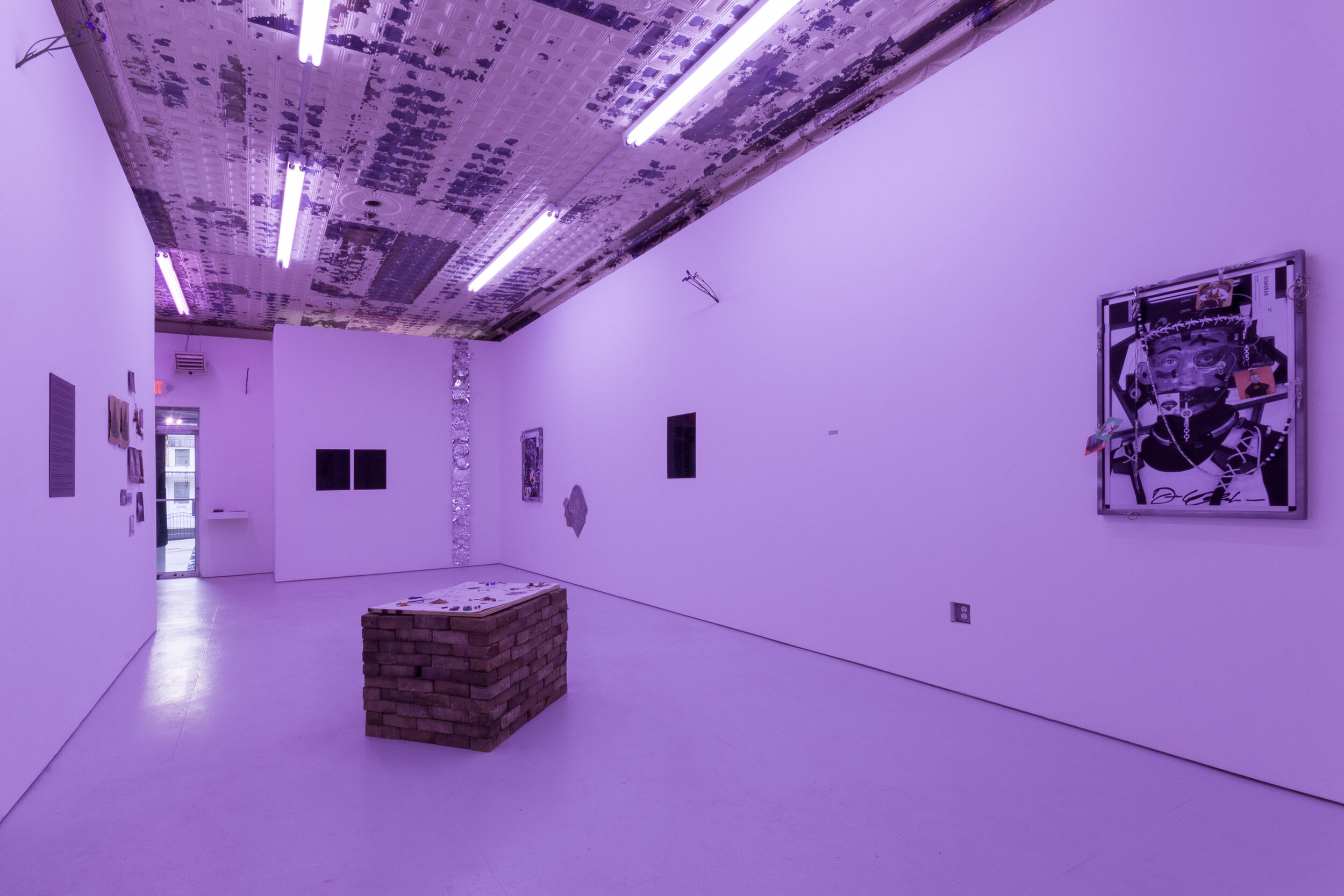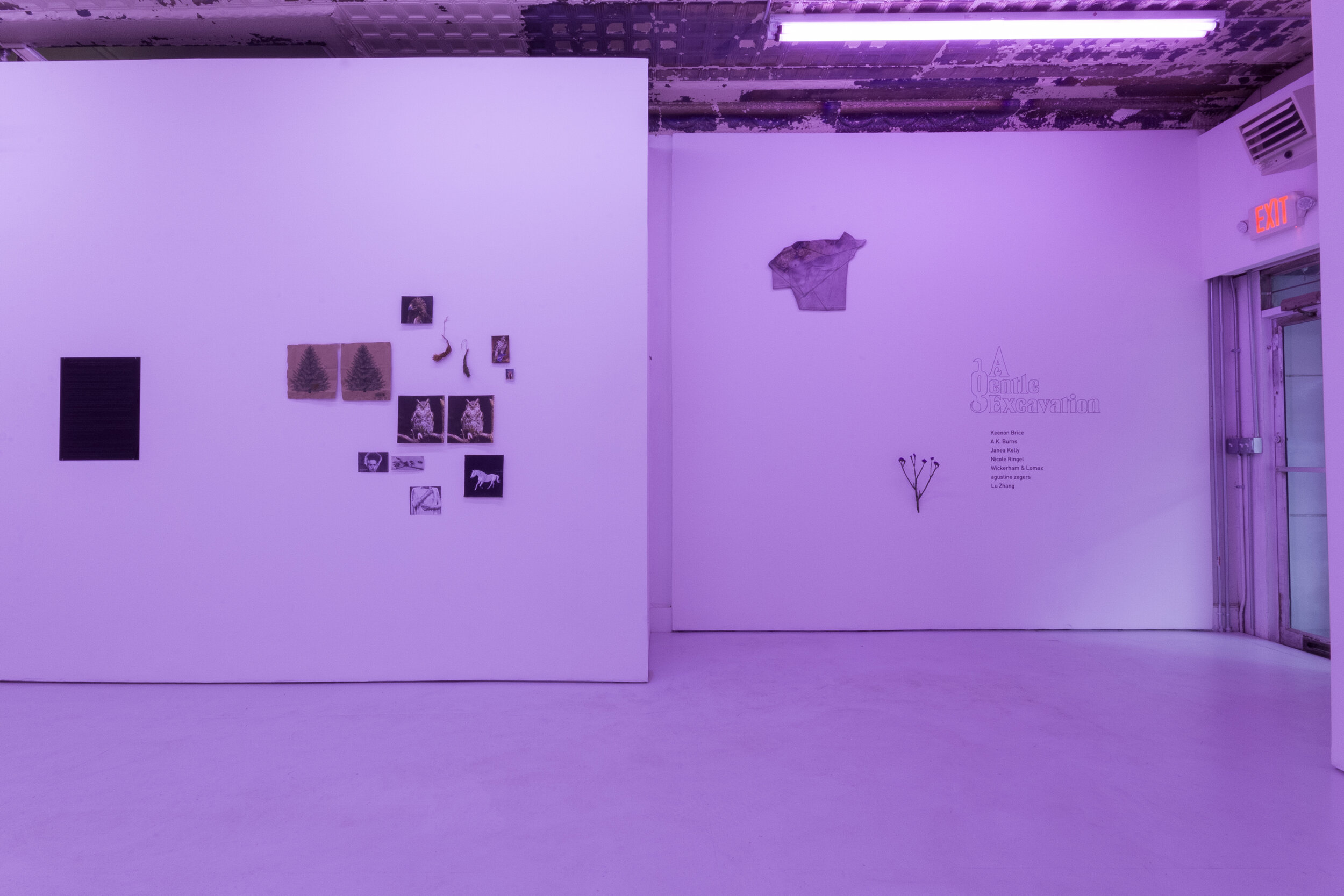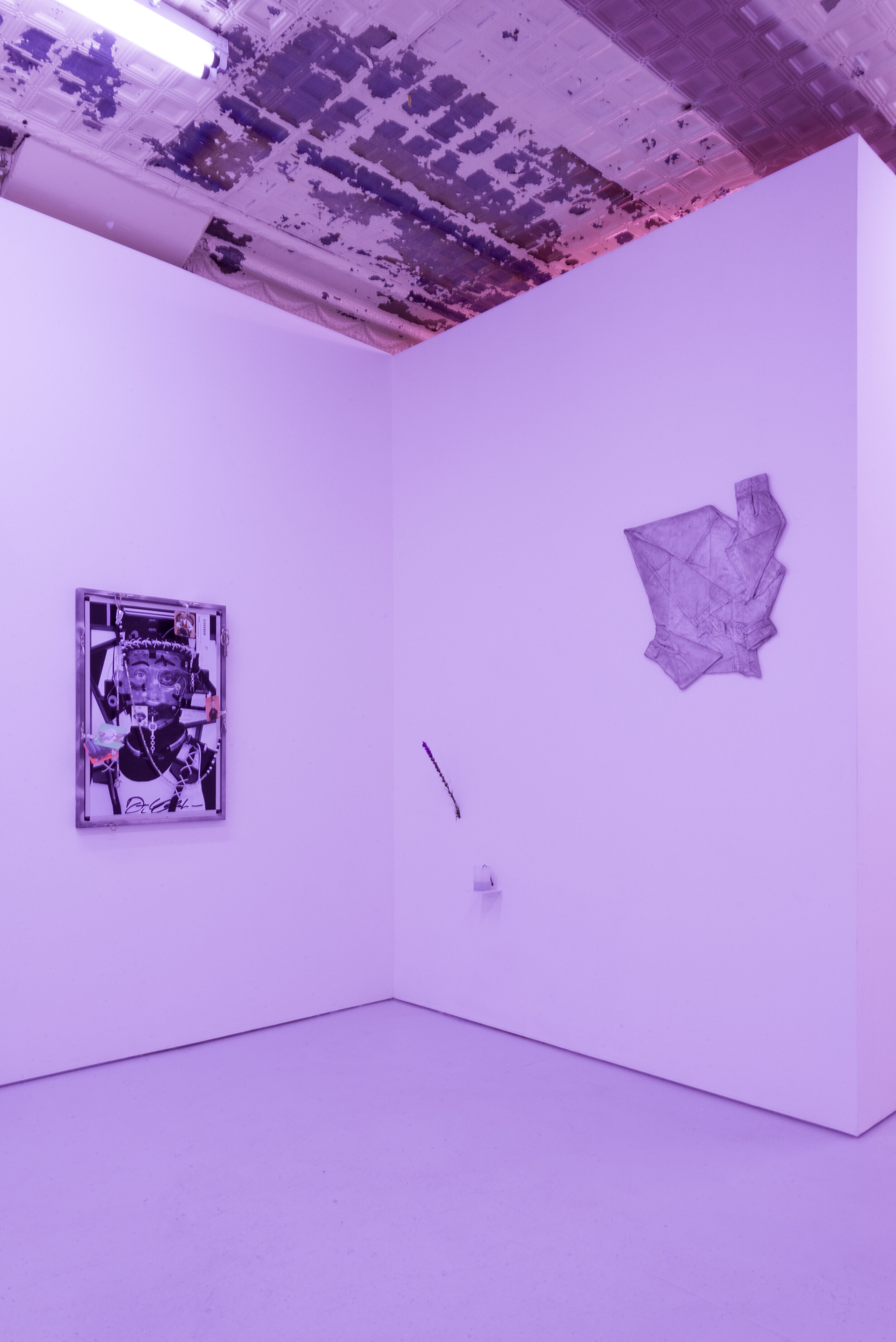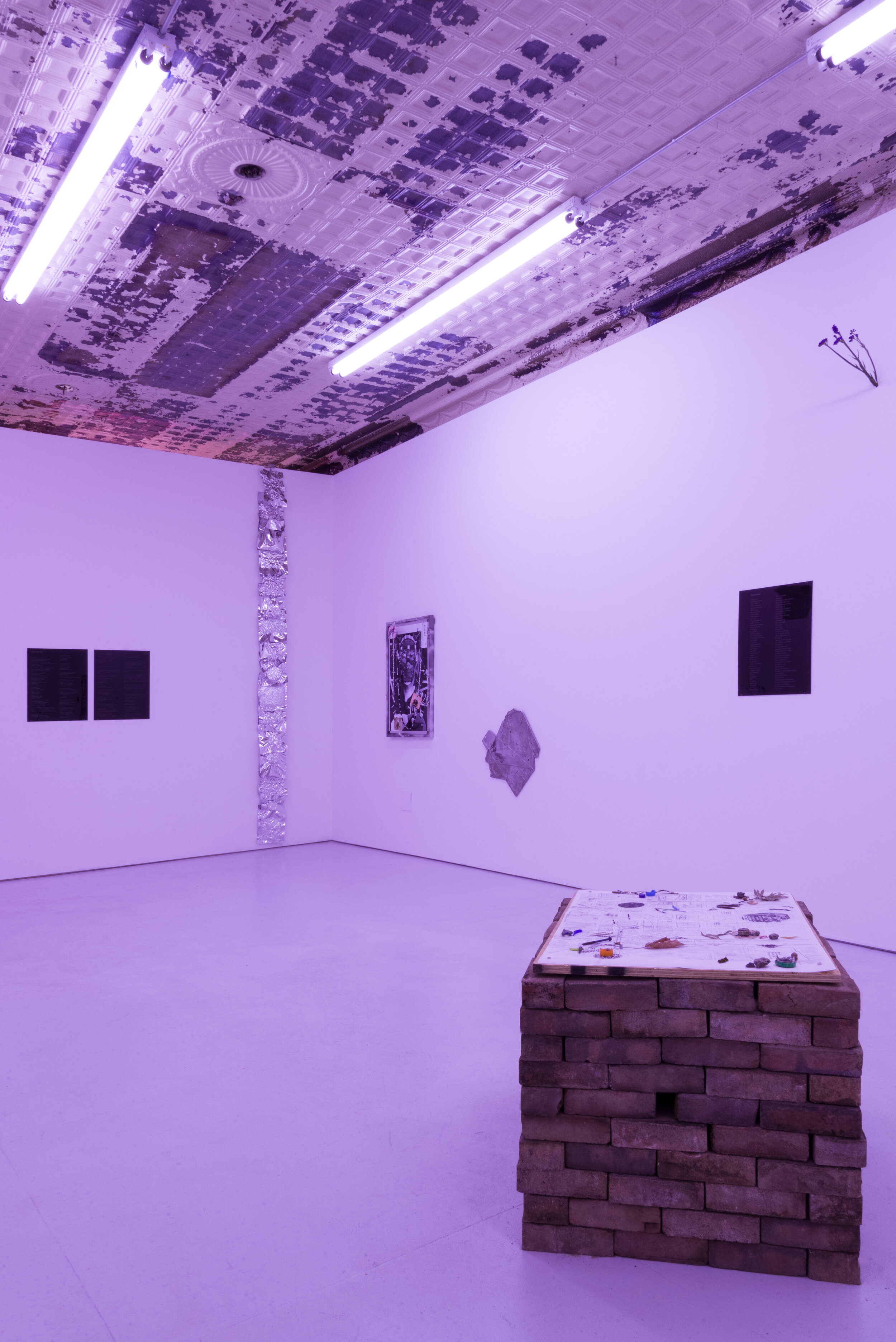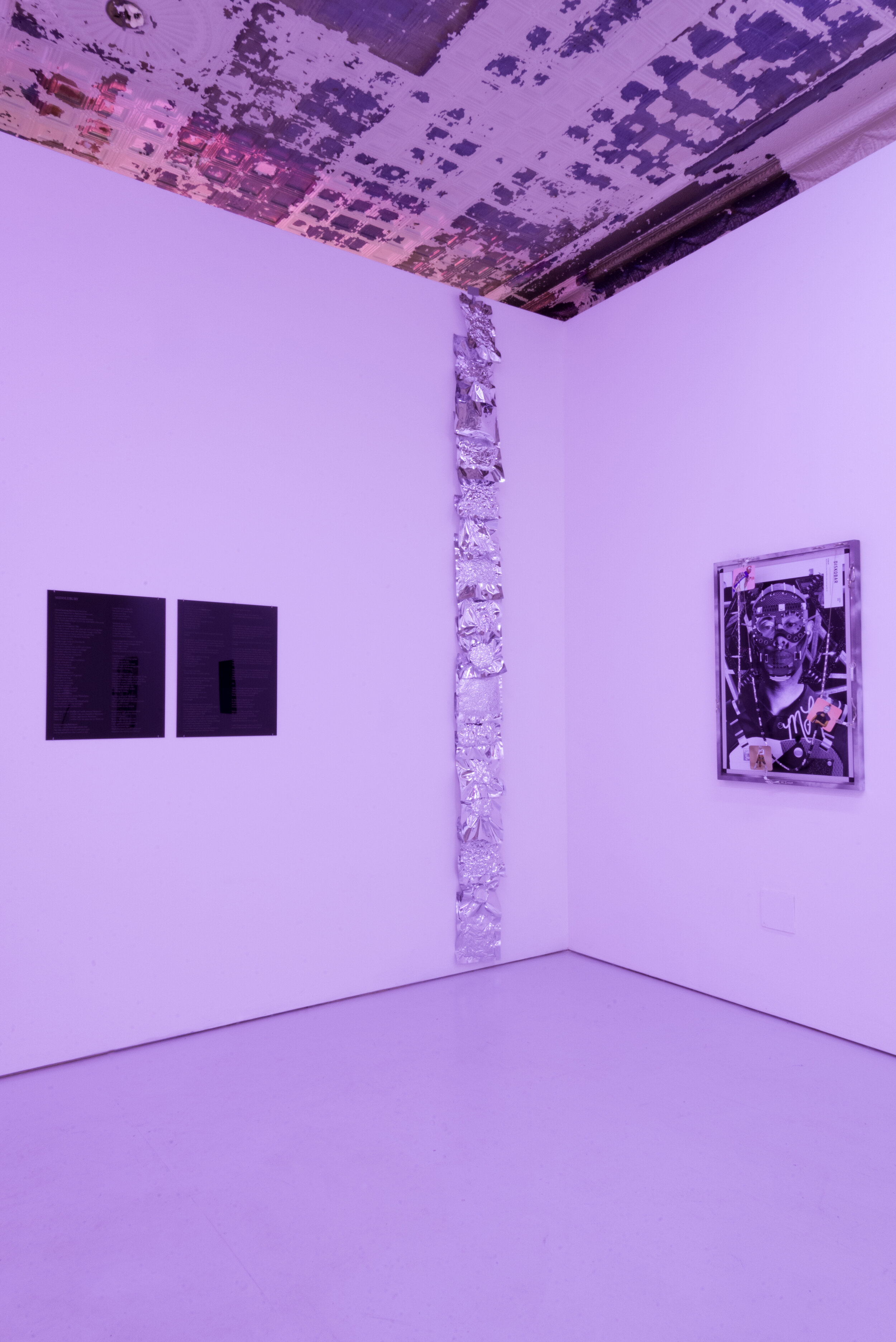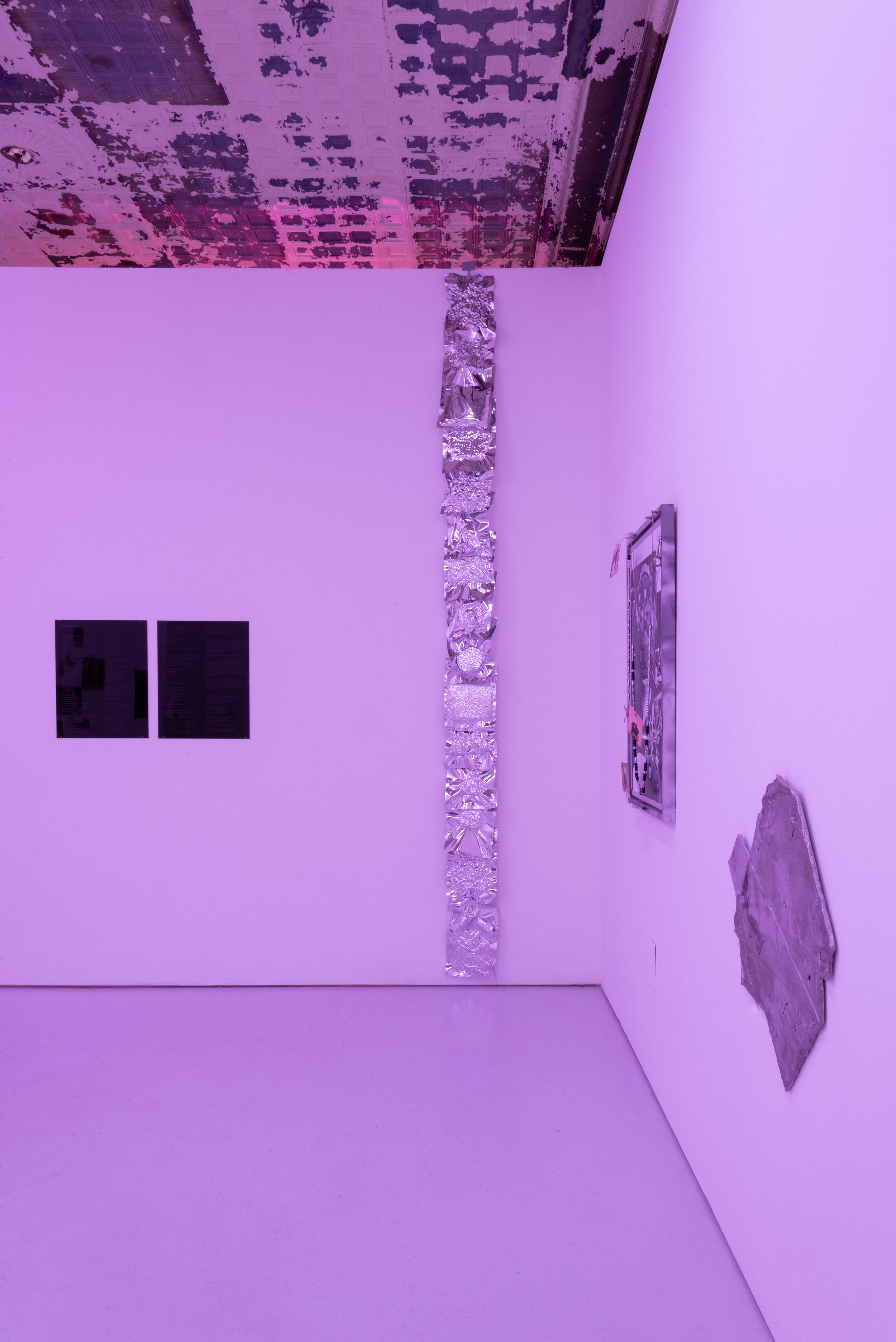A Gentle Excavation
Resort Gallery
Baltimore, MD
March 29–May 4, 2019
agustine zegers
A.K. Burns
Kelly Xio
Keenon Brice
Lu Zhang
Nicole Ringel
Wickerham & Lomax
__
Press Release
Gallery brochure
Press
Rahne Alexander, “Excavating the Past and Imagining the Future,” BmoreArt
Rebekah Kirkman, “The Best Baltimore Art Exhibitions of 2019,” BmoreArt
Michael Anthony Farley, “Artist-Run: Ten Alternative Baltimore Art Spaces,” BmoreArt
__
When Resort owners Alex Ebstein and Seth Adelsberger renovated 235 Park Avenue into a gallery space in 2017, they discovered a surplus of artifacts chronicling its history as a residence, uniform company, tailor, shoe repair store, and printing press. Further research conducted at nearby archives reveals that the building was constructed after the Clay Street Fire of 1873 as part of Redemptorist Row, a block of buildings owned by the nearby St. Alphonsus Church. Since that time, the building has incubated innumerable businesses, from a florist and taxidermist offering music lessons at the end of the nineteenth century to the Sharp Dressed Man, the non-profit organization whose awning still hangs above the entrance. The remnants found tucked away in rafters and walls simultaneously document the past, recording the quotidian activity and domestic labor that the building has housed, and mirror the precarity of the gallery’s future in a city facing redevelopment.
A Gentle Excavation transforms the gallery into both the subject and site of research, production, and installation for work by seven artists and collectives based in Baltimore, Richmond, and New York: Keenon Brice, A.K. Burns, Kelly Xio, Nicole Ringel, Wickerham & Lomax, agustine zegers, and Lu Zhang. Some of the works in the show reference specific points from the building’s history–as a florist, as a uniform company, as a storefront in proximity to historic Chinatown–while others explore the city of Baltimore more broadly.
The artists, thus, collectively reconsider the archive as a site for sustained and collaborative exploration. Variously exploring the affectual potential of architectural space, the distinction between memory and history, and the overlap between art practice and labor, the exhibited works compress the past histories of 235 Park Avenue with imagined, speculative futures to construct a surreal and ethereal site.
